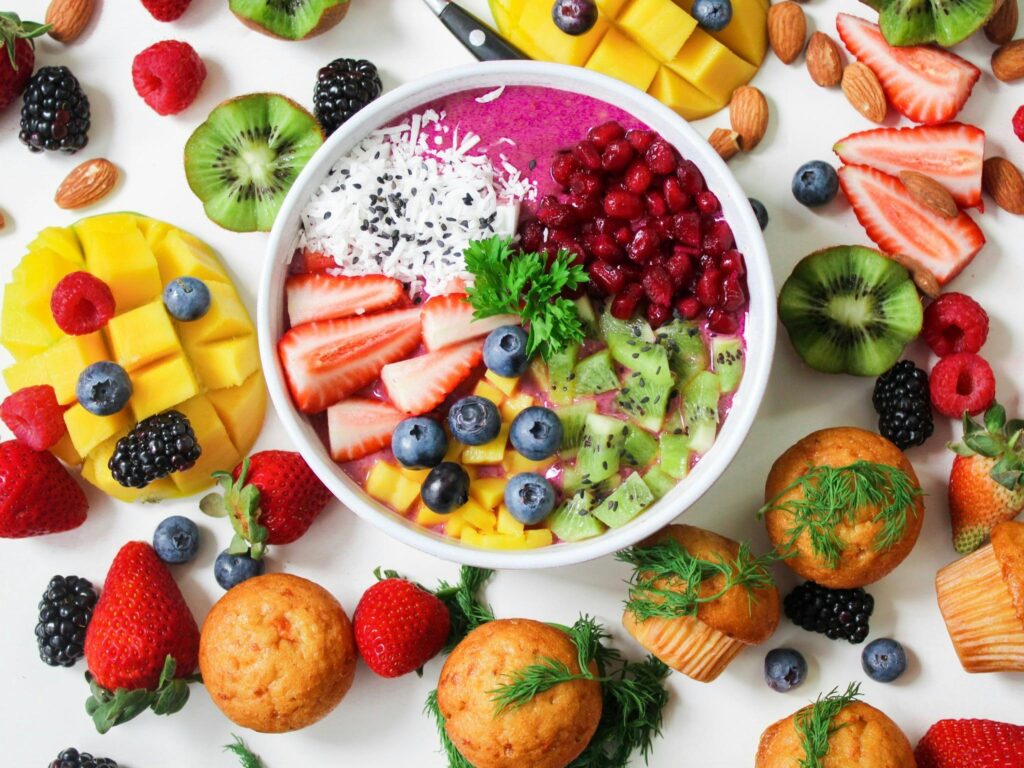Understanding the science behind the concept of growth mindset can help you nurture a growth mindset in your child. When children realize their brains can grow stronger and smarter through effort and learning, they’re more likely to embrace challenges, persist through difficulties, and develop resilience.
In this blog, I am sharing five ideas you can use to help your child develop a growth mindset. I’ve also included some tips and resource links to make these concepts easier to explain. Feel free to pick and choose what works best for your family!

Our Brain Grows When We Learn
For much of the 20th century, scientists believed that the brain’s ability to grow and adapt was limited to childhood. They thought that as we age, our brains undergo a steady and inevitable decline. However, groundbreaking research in the 1980s changed this view entirely. Scientists discovered that learning and brain growth continue throughout our lives!
The brain is made up of billions of neurons—nerve cells that transmit signals in the form of electrical impulses. Research has shown that the brain is malleable, or “plastic,” meaning it can change and grow at any age. This ability, known as neuroplasticity, allows the brain’s structure to adapt based on our thoughts, actions, and sensory input from the environment.
Every time your child learns something new, their brain changes! Neural networks grow denser as they focus their attention and practice new skills. Studies using Magnetic Resonance Imaging (MRI) reveal that these neural connections strengthen through learning. This process is the foundation of a growth mindset—the belief that abilities and intelligence can develop with effort and practice.
Here is how you might explain this to your child:
“Your brain is like Play-Doh—it can change and grow! When you try new things, like learning to draw or playing a new game, your brain gets stronger and better at doing them. It’s like your brain is exercising to get smarter every time you practice or learn something new!”
Learning Builds New Roads in Our Brain!
When we talk about how learning happens, synaptogenesis is a key concept. It refers to the formation of connections, or synapses, between neurons. Imagine a single neuron surrounded by many others. Messages travel through these neural networks as electrical impulses, moving from one neuron to another. The more these networks are used, the stronger they become.
Here is how you might explain this to your child:
“Imagine your brain is like a giant city full of roads. When you learn something new, like how to ride a bike or sing a song, your brain builds new roads so messages can travel faster. The more you practice, the stronger those roads get, and the easier it is to do the new thing!”
Let’s consider an example: when your child learns to ride a bike, they practice repeatedly. This practice strengthens the synapses related to balance, coordination, and pedaling until riding becomes second nature. But once the skill is mastered and no longer requires intense focus, the brain “prunes” some of these synapses to optimize efficiency. Pruning is a natural and necessary process that helps the brain work more effectively.

Growing Brain Trees: How Learning Helps Your Brain Get Stronger
Neurogenesis is the process by which new neurons are created in the brain. While this process is most active during prenatal development, research has shown that neurogenesis continues in certain areas of the brain throughout life, particularly in the hippocampus, which is involved in learning and memory. Encouraging activities like regular physical exercise, a balanced diet, and engaging in intellectually stimulating tasks can promote neurogenesis in your child’s brain. This means that their brain is not only adapting but also generating new cells to support lifelong learning and growth.
Here is how you might explain this to your child:
“Imagine your brain planting tiny new trees every time you learn something new. These trees help your brain learn and remember things. When you eat healthy food, play, and try new things, your brain can grow more trees to make it even stronger!”
How Practice Makes Your Brain Messages Faster
Myelination is another critical process in brain development. It involves the formation of a fatty substance called myelin around the axons of neurons. Myelin acts like insulation on electrical wires, allowing signals to travel more quickly and efficiently between neurons. This process is particularly active in childhood and adolescence, contributing to the rapid development of motor skills, cognitive abilities, and emotional regulation. Activities that challenge your child’s brain, like learning a musical instrument or solving puzzles, can support myelination and enhance their brain’s efficiency.
Here is how you might explain this to your child:
“Myelination is like putting a slide on the playground for your brain’s messages. It makes the messages zoom super fast, so you can think, move, and learn quicker. When you practice things like running, drawing, or reading, your brain builds more slides to help you get even better!”

How Play and Healthy Food Help Your Brain Grow
Another fascinating aspect of brain growth is angiogenesis, the development of new blood vessels. A healthy blood supply is vital for supporting brain function, and angiogenesis helps maintain this. Encouraging your child to eat nutritious foods and stay physically active not only benefits their overall health but also enhances their brain’s ability to grow and adapt (Wilson, 2020).
Here is how you might explain this to your child:
“Angiogenesis is like growing tiny garden hoses in your brain! These hoses bring fresh blood to help your brain stay healthy and strong. When you run, play, and eat good food, you help your brain grow more hoses so it can work its best!”
Resource Links
- How Parents Can Instill a Growth Mindset at Home
- Top 10 Growth Mindset Resources for Parents
- Growth Mindset for Parents PDF
- Growth Mindset Parenting Article – Psychology Today
- Growth Mindset for Parents Course – 30 minutes
Conclusion
I hope you found this blog informational and practical! Your child mind be learning about growth mindset at school, since our most popular school improvement workshops is Growth Mindset Training for Educators. Engaging students in learning and empowering them to be lifelong learners are the goals of our workshops!
I’d like to end with a quote from Carol Dweck, the scientist who developed the idea of a growth mindset: “The best things parents can do is to teach their children to love challenges, be intrigued by mistakes, enjoy effort, and keep on learning.”
KM Educational Consulting
Build Learner Agency. Strengthen Teacher Capacity. Transform Learning.

